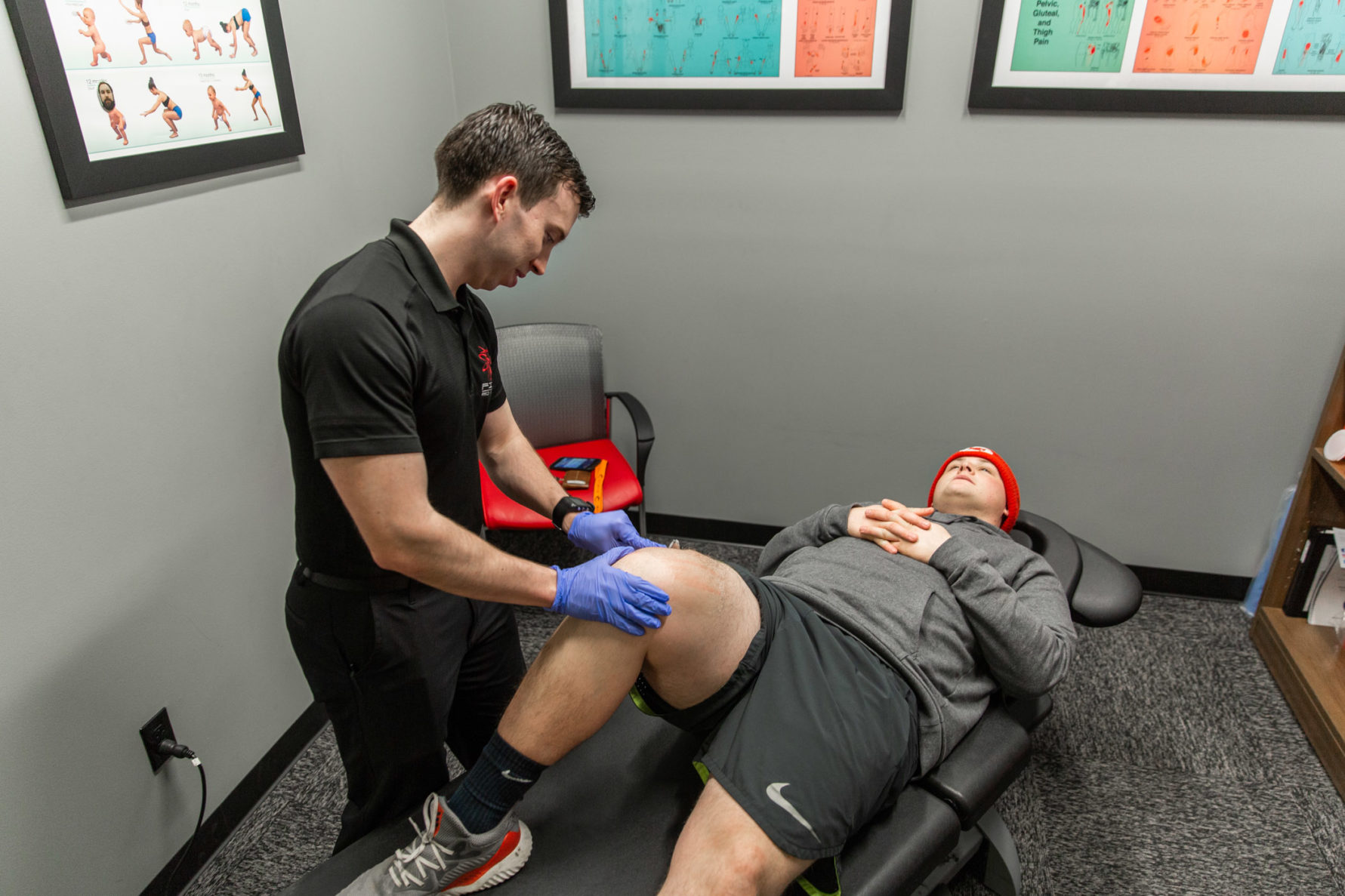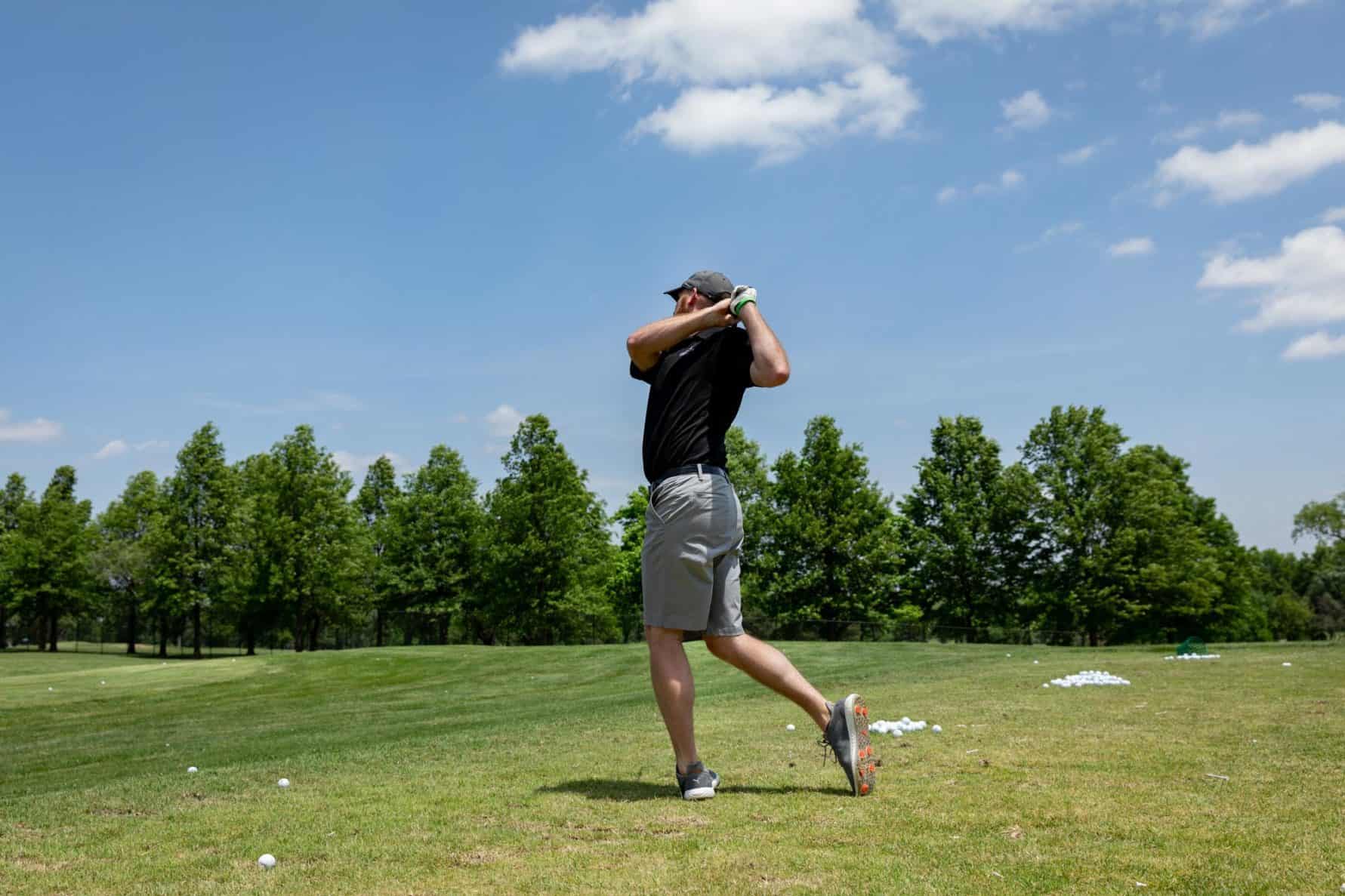Common Running Injuries and How to Avoid Them | Kansas City Joint Specialists
15 December 2019 — Chiropractic

Running is an exercise that you can do almost anywhere at any time. It engages your whole body, giving you a workout that helps a variety of joints and muscles.You may be afraid to start running in fear of common running injuries, but don’t let that stop you from keeping your body active.
In fact, running can actually help you avoid future injuries by strengthening your body. If you understand running injuries, it’ll help you gain the most out of your running experience.
F.I.T. Joint & Muscle Clinic focuses on overall joint and muscle health, so we’ve seen it all when it comes to injuries. Based on our expert knowledge, here are some common running injuries (and how to avoid them).
Runner’s knee
Runner’s knee, or jumper’s knee, is a common running injury among new runners. People with runner’s knee suffer from pain on the front of the knee below the knee cap. It can be extremely uncomfortable and frustrating if you have running goals.
Runner’s knee is usually caused by two factors:
- Tightness
- Weakness
Weak or tight quadriceps (the big muscles in the front of your leg) can cause wear and tear to the cartilage. This leads to inflammation and pain in the area.
How to avoid runner’s knee: Since the cause of the problem is usually weak muscles, you’ll want to make sure that you’re strengthening your legs. That’s why it’s so important to resistance or weight train along with your running regime. Exercises that focus on the quads, such as squats and lunges, will help you avoid runner’s knee.
Tight iliotibial (IT) band
Your IT band is a large piece of connective tissue that runs from your hip to your shinbone. It helps you move your hips around properly so that it has its full range of motion. The IT band also helps stabilize your knee. Though it’s not necessarily a running injury, some runners may experience IT band issues at some point.
When you run, keep your back straight and tall. Once you slouch, you start to sit in your hips. This causes the hip to poke out and the knee to go inward. The awkward movement strains your IT band, and if it continues over time, that strain leads to tightness and injuries.
How to avoid a tight IT band: First, you’ll want to make sure you’re running safely, including maintaining a good posture. Visit a chiropractor in Kansas City to test for posture issues stemming from a muscle/skeletal imbalance.
Shin splints
Shin splints are a common running injury that many people experience, but experts still aren’t quite sure what they are. Some scientists believe that they’re caused by small tears in the muscle that’s pulled off the bone; others think shin splints are due to inflammation in the area.
One thing is clear — shin splints are usually caused by runners doing too much, too soon.
This especially happens to veteran runners after a break who are trying to get back to where they were before. Oftentimes they push themselves too far without giving their bodies time to readjust.
How to avoid shin splints: The best way to avoid shin splints is to take your time. You’re not going to get from zero miles to 10 in one day. Be patient, and gradually increase your speed and distance. If you’d like, you can find running plans that outline ways to reach your specific goals within a healthy time period.
Plantar fasciitis
The plantar fascia is a band of connective tissue under your foot that acts as a “shock-absorbing bowstring.” Think of plantar fasciitis as a domino effect. When you roll your foot inward, it causes tension to build in the plantar fascia. If tension continues to grow, over time it can cause small tears. Consistent and repetitive tearing leads to inflammation and pain, causing plantar fasciitis.
How to avoid plantar fasciitis: Stretch. Stretch. Stretch. When you stretch out your calf muscles before and after a run, you’ll help relieve tightness and strain. In addition, make sure you wear proper footwear. Get rid of those old sneakers, and buy running shoes with good support. You can even purchase custom orthotics to ensure that your shoe fits as best as it can.
What to do if you get a running injury
At the end of the day, common running injuries happen, but visiting a chiropractor or physical therapist is the best way to move past an injury.
If you’re in the Kansas City area, F.I.T. Muscle & Joint Clinic offers a wide-range of services to heal your injuries so that you can start running again. Whether you’re suffering from joint issues and need chiropractic rehabilitation exercises or simply need physical therapy services, our expert team of chiropractors and physical therapists will get you back in tip-top shape.
Contact us today to learn more about our services or schedule an appointment to get started.
Contact us Schedule an appointment



